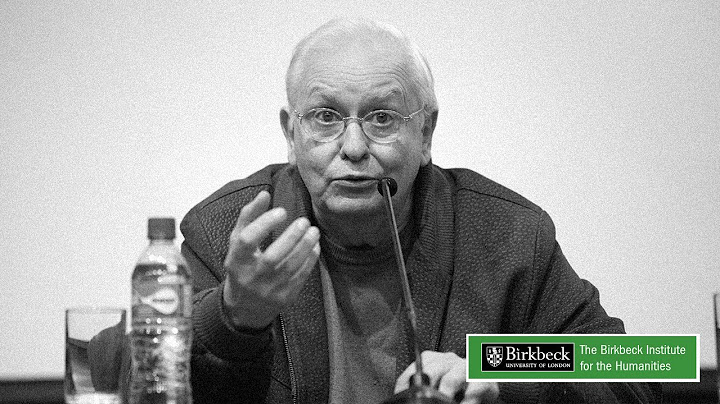 Show Name : Clas s: Dat e: Chapter 4 - Counting Crime 1. Which of the following is the most commonly used source of data for measuring crime in Canada? a. police-reported datab. correctional data c. court datad. census data ANSWER: a 2. Which of the following terms refers to the consistency of research results over time? a. validityb. stability c. reliabilityd. methodology ANSWER: c 3. Which of the following is the result of taking police-reported crimes, dividing this figure by the size of the national population, and then multiplying it by 100,000? a. crime rateb. victimization rate c. self-report crime rate d. adult crime offender rate ANSWER: a 4. What information does a statistical count of prison populations provide? a. how much crime a society is experiencing b. how a society responds to crime c. the murder rates for a society at a given time d. the nature of judicial discretion in a society ANSWER: b 5. Which of the following pairs of terms best describes the nature of crime rate statistics across the criminal justice system from crime detection to incarceration? a. The information is neither a reliable nor a valid measure of crime rate. b. The information is a valid but not a reliable measure of crime rate. c. The information is a reliable but not a valid measure of crime rate. d. The information provides both a reliable and a valid measure of crime rate. ANSWER: c 6. Which of the following criminal justice agencies completes a report that then becomes part of the Uniform Crime Reporting system? a. policeb. courts c. correction s d. Canadian Centre for Justice statistics ANSWER: a 7. Which of the following scenarios best reflects Kaplan’s “law of the hammer”? a. Police-reported crime data continue to be used by social scientists, despite knowledge of their weaknesses. Copyright Cengage Learning. Powered by Cognero.Page 1 The crime control model should prevail The following assertions are the key concerns of the crime control model:
The due process model should prevail Packer's due process model is a counterproposal to the crime control model. It consists of these arguments:
Evaluating the crime control and due process models To declare that one of these models is superior to the other requires one to make a value judgment. The crime control model reflects conservative values, while the due process model reflects liberal values. Political climate determines which model shapes criminal justice policy at a specific time. During the politically liberal 1960s, the principles and policies of due process predominated in criminal justice. From the mid 1970s to the early twenty‐first century, conservatism has held sway as the dominant political philosophy, and conservatives have formulated criminal justice policies in the image of the crime control model. What is the role of research in criminal justice quizlet?The four purposes of research include exploration, description, explanation, and application. One purpose of research is for exploration, in order to know more about a topic that provides little information in general.
What is the criminal justice system quizlet?Criminal justice is the system of practices and institutions of governments directed at upholding social control, deterring and mitigating crime, or sanctioning those who violate laws with criminal penalties and rehabilitation efforts.
Which of the following is a criticism of the systems model of criminal justice quizlet?Robert, who is accused of armed robbery, is arrested and sentenced to five years in prison following a speedy trial. Which of the following is a criticism of the systems model of criminal justice? The systems model fails to consider that individual actors within the system often do not share immediate goals.
Which of the following is true of the conflict model of criminal justice quizlet?Which of the following is true of the conflict model? It holds that criminal law should be determined by those with influence in the community.
|

zusammenhängende Posts
Werbung
NEUESTEN NACHRICHTEN
Werbung
Populer
Werbung

Urheberrechte © © 2024 decemle Inc.


















